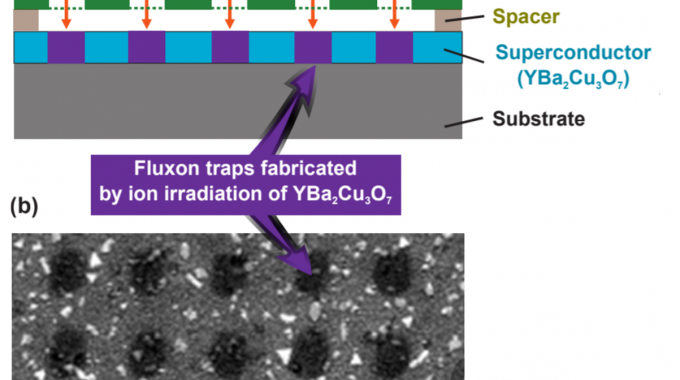Thin superconducting YBa2Cu3O7-δ films are patterned with a vortex-pin lattice consisting of columnar defect regions (CDs) with 180 nm diameter and 300 nm spacing. They are fabricated by irradiation with 75 keV He+ ions through a stencil mask. Peaks of the critical current reveal the commensurate trapping of vortices in domains near the edges of the sample. Upon ramping an external magnetic field, the positions of the critical current peaks are shifted from their equilibrium values to lower magnetic fields in virgin and to higher fields in field-saturated down-sweep curves, respectively. Based on previous theoretical predictions, this irreversibility is interpreted as a nonuniform, terrace-like critical state, in which individual domains are occupied by a constant number of vortices per pinning site. The magnetoresistance, probed at low current densities, is hysteretic and angle dependent and exhibits minima that correspond to the peaks of the critical current. The minima’s positions scale with the component of the magnetic field parallel to the axes of the CDs, as long as the tilted vortices can be accommodated within the CDs. This behavior, different from unirradiated films, confirms that the CDs dominate the pinning.

Unconventional critical state in YBa2Cu3O7-δ thin films with a vortex-pin lattice fabricated by masked He+ ion beam irradiation
Authors:
Georg Zechner, Kristijan Luka Mletschnig, Wolfgang Lang, Meirzhan Dosmailov, Marius Aurel Bodea and Johannes David Pedarnig
Supercond. Sci. Technol., 31, 044002 (2018)
Invited article for Special Issue: Focus on Irradiation Effects in Superconductors
Abstract
DOI
